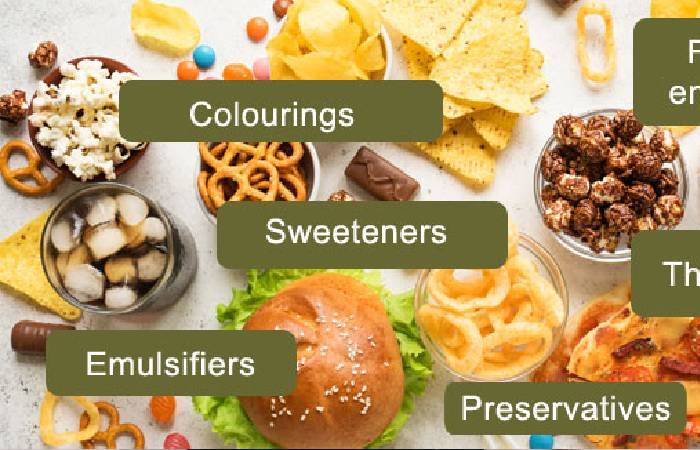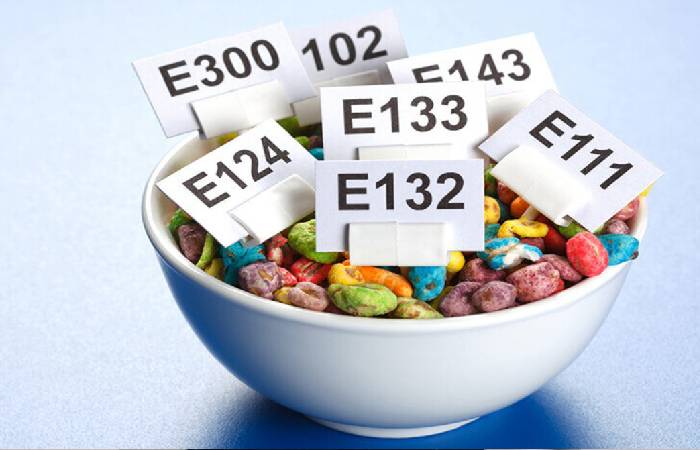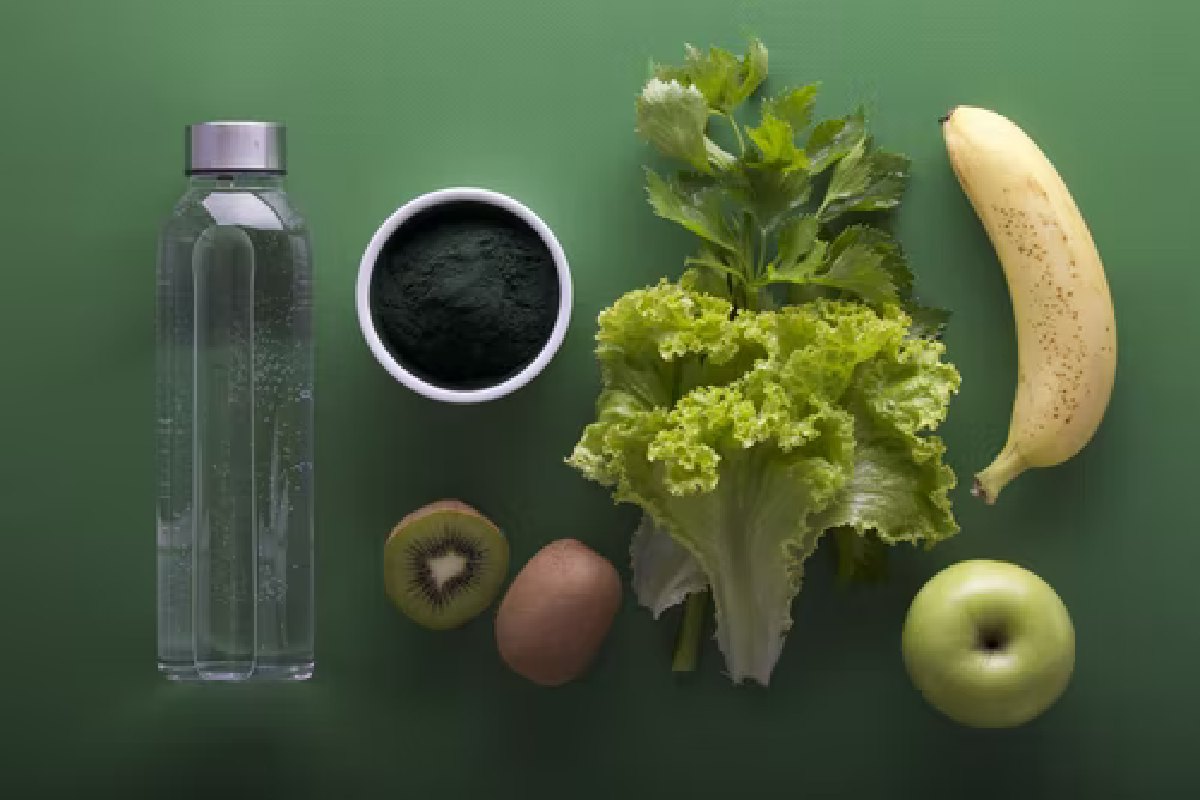Table of Contents
Introduction
Food additives are chemicals added to foods to keep them fresh or to enhance their color, flavour, or texture. They may include food colorings (such as tartrazine or cochineal), flavor enhancers (such as MSG), or preservatives.
Most food additives, along with other ingredients, are listed on the product label in a descending order by weight (flavours are an exception and do not need to remain identified). Sometimes, the additive is spelt out in full. At other times, it is represented by a code number: for example, cochineal may be listed as Colouring (120); sodium sulphite may be shown as Preservative (221).
There are currently over 300 different additives that appear as E numbers in the nutritional information of many foods. In particular, they are use to produce finishes foods to influence their properties such as taste, colour, shelf life, or consistency. Learn more about the importance of additives and what they hide here.
What are additives?
Several hundred foods are authorized in the European Union (EU), and they apply in all EU countries, sometimes even worldwide. Additives are mainly used in ready-to-eat foods, and the “E” in the E numbers stands for EG or EU.
Each additive is assigne to a category or group. However, some additives belong to more than one group—carbon dioxide (E 290).
For example, it is an acidulant, preservative, raising agent, and raising agent. E numbers must always be expressly stated on food. But there are some exceptions, for example, emulsifiers. Only the substance group is required here.
In addition, foods are add to foods but are not considere additives:
- Foodstuffs with a colouring effect that are add for their aroma, taste, or nutritional properties
- Substances that are not eaten but only use to cover or cover certain foods
- Pectin in foods made from apples or citrus peel
- Basics of making chewing gum
- Various starch products (e.g., roasted or physically
modified starch)
- ammonium chloride
- Edible gelatine, protein hydrolysates, milk proteins, gluten, blood plasma
- Amino acids that, in contrast to z. B. glutamic acid, glycine, cysteine, and cystine have no additive function
- casein and caseinates
- insulin
Labelling of additives
All additives used must be comprise of the list of ingredients. Instead of the chemical designation, the simpler E number is (usually) given. Regulation (EC) No. 1333/2008 of the European Parliament and Council sets out the rules for food that apply to all EU Member States. In Germany, the list of E numbers is specified in the Approval Ordinance (ZZuIV).
Some E-substances, such as the sugar alcohol sorbitol, are LaBelle “quantum satis” (“qs”), which refers to the amount required under good manufacturing practice to achieve the desired effect without misleading the consumer.
Other additives may not exceed a certain maximum amount (e.g., preservatives in hard and semi-hard cheese).
Since July 20, 2010, the use of colouring agents E 102 and E 122 (see list of additives above) or other synthetic colouring agents have require a warning (“May impair children’s activity and attention”) to be place on the packaging.
For unpackaged foods, a general note such as “with flavour enhancer,” “with colouring,” or “sulfured” is sufficient.
Additives without a “technological effect in the end product” do not have to be labell, i.e., foods that do not contain any food additives themselves. Still, certain have been add to preliminary products.
In the case of foods that are sold individually (e.g., sweets) or whose packaging area is less than ten square centimetres, the list of ingredients and thus the information on the can also be omitted.
What additives are there?
Currently, 316 substances with an E number are approve as food in the European Union.
Additives: are they harmful?
The question of the danger of additives is difficult to answer unequivocally. More than half of the permitte additives are considere harmless, and in general, all food sold in Germany must be safe. This means that additives must be allow, and harmful residues of pesticides, for example, are prohibit.
A residual uncertainty remains, however. Some are suspecte of triggering (pseudo) allergies (tingling in the mouth, skin rash).
In principle, the respective food company is responsible for the safety of its products. Still, there is also an internationally coordinate safety system and responsible authorities (in this country, the Federal Ministry of Food, Agriculture, and Consumer Protection/BMEL). They constantly reassess the risks in additives and continuously adapt regulations and structures.

